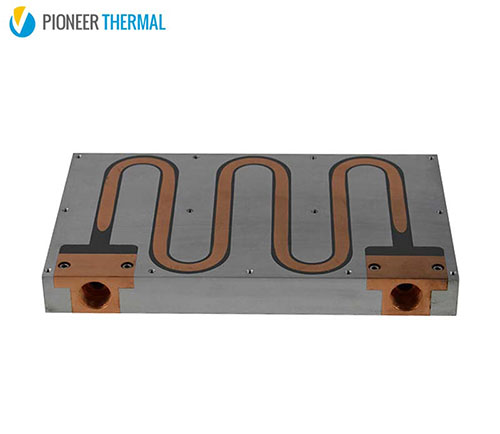
1. Impurities contained in water: The water may contain impurities such as suspended particles, sediment, rust, sediment and microorganisms.These impurities will accumulate inside the heat sink and gradually block the water pipes and heat sink fins.
2. Unqualified coolant: Using low-quality or substandard coolant may contain a large amount of impurities and sediments, which can easily cause clogging problems.
3. Lack of coolant maintenance: Irregular replacement of coolant, failure of the preservatives in the coolant, or improper maintenance may cause impurities in the coolant to accumulate and clog the device.
4. Oxidation and corrosion: The metal components inside the device are susceptible to oxidation and corrosion, forming rust and deposits that can clog the heat sink.
5. High temperature and high pressure: Under abnormal working conditions, the device is susceptible to high temperature and high pressure, which may cause the sediment inside the coolant to be compressed and block the pipes.
6. Design issues: Design issues of the device may also lead to blockage.For example, bent pipes or poorly designed water flow paths can slow water flow, causing sediment deposition.
7. Usage environment: In harsh working environments, such as dusty and severely polluted conditions, it is easy to cause the water-cooled heat sink to become clogged.
Regular maintenance and upkeep can ensure the normal operation of the water-cooled heat sink, improve heat dissipation efficiency, and extend the service life of the equipment.


 +86-18902844286
+86-18902844286
 E-mail
E-mail
